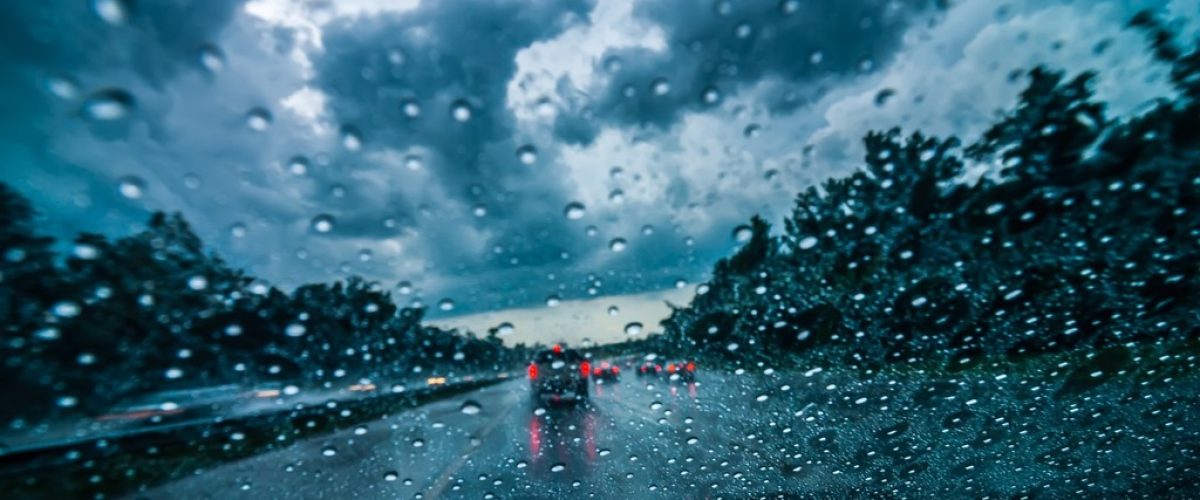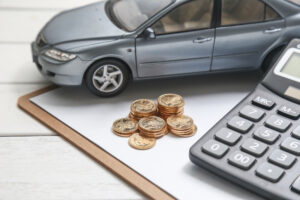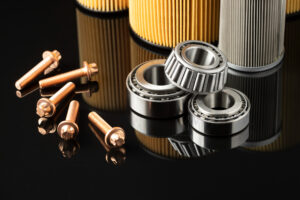Hydroplaning happens when your tyres lose contact with the road
Driving in the rain can be quite dangerous even for the most seasoned of drivers. Not only are the roads slicker but as the water mixes with oil and other substances, the roads become slippery too. Rain also reduces visibility and puddles of water could hide deep potholes.
In order to best prepare for downpours, make sure that your wiper blades are in good condition, that your tires have sufficient tread on them and that your car has been serviced to ensure that all lights and the braking system work optimally.

WHAT IS HYDROPLANING?
Even when the best of measures have been considered, there is still a possibility of losing control of your car when driving in the rain and one of the most common occurrences is hydroplaning (also known as aquaplaning).
Hydroplaning happens when your tyres lose contact with the road due to a build up of water between the types and the surface of the road. This leads to a loss of traction which prevents the car from responding to driver input such as the application of brakes. Low tyre tread also contributes to lack of sufficient traction. When hydroplaning happens, your car could veer to the side even though you are pointing the wheels straight ahead.
WHAT TO DO WHEN YOUR CAR HYDROPLANING?
- As frightening as this might be it is important not to panic and equally important not to stomp on the brakes or swerve.
- The best thing to do is to ease your foot off the brakes, and gently steer your car in the direction you want it to do.
- Although the vehicle will continue to skid, it is best to wait for the skid to end or for your car to slow down enough for you to regain control of it.
- Whatever you do NEVER jerk the steering wheel as this could cause the vehicle to overturn.






